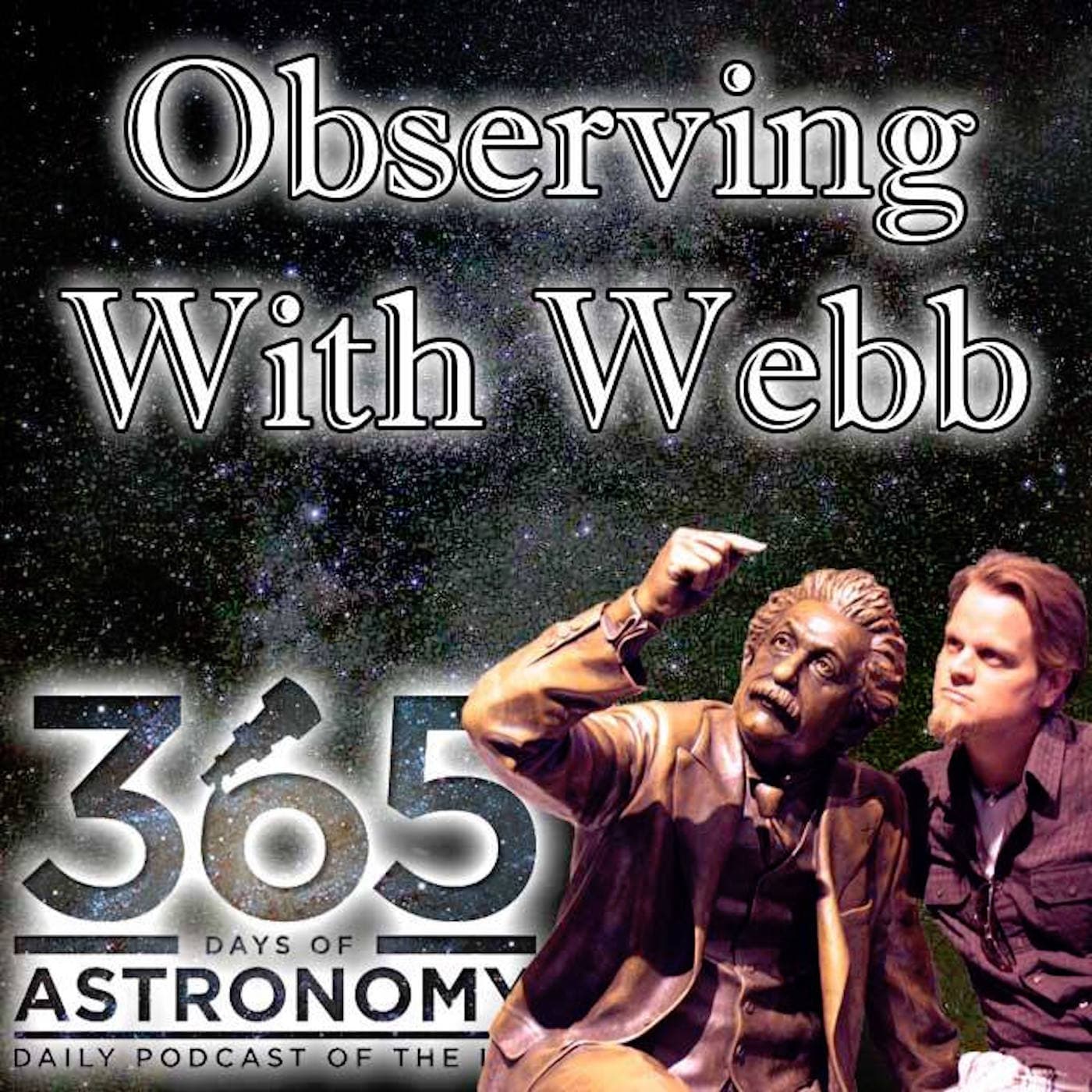Science
Observing With Webb February 2021 WATCH this on YouTubeLISTEN as a podcast on Podbean, Stitcher, or iTunes Social Media: @mrwebbpv on Twitter and Instagram @pvplanetarium on Facebook, Twitter, and Instagram February only gets exciting in the last week with a 3-planet conjunction, although the still very long nights and the dominating presence of Orion make it a good opportunity for constellation hunting. Welcome to Observing With Webb, where a high school astronomy teacher tells you what you’re looking at, why it’s so cool, and what you should check out later this month…at night. Naked-eye PLANETS... Sunset – Mars Mars (S-->W) – Look S and two-thirds of the way up the sky after sunset to find the non-twinkling reddish-orange dot, much brighter than everything around it. Sets around midnight in the WNW. Throughout the night – None at the moment Morning – Venus, Saturn, Jupiter, Mercury Venus (SE) – You might be able to catch a last glimpse of Venus this first week, however, it dives toward the Sun and stays close to the Sun until April. Saturn, Jupiter, Mercury (SE) – The two gas giants juuuuust barely make an appearance this month after their conjunction with the Sun in January. They are very close to the Sun in the mornings, getting higher and rising earlier each day, but only really visible the last week or so. Look SE after 5:45am, but before sunrise (about 6:45am). Jupiter will be the lower and brighter one, with Saturn up and to the right about 7˚. Mercury joins them as well, appearing right in between Jupiter and Saturn. EVENTS... Waning Gibbous (Mostly lit, rises later at night) Last Quarter Moon – 4th (Visible from midnight into the morning) Morning Crescents (look East in the AM) New Moon – 11th (darkest skies) Evening Crescents (look West after Sunset) First Quarter Moon – 19th (Visible until midnight) Evening Gibbous (Mostly lit, after Sunset) Full Moon – 27th (Visible all night) 18th – Close Encounter – Moon, Mars – Get out there between sunset and midnight to find the 1st Quarter Moon in the SW with red, ruddy Mars close and bright just 4˚ above it. Last week of February – Close Encounter – Jupiter, Saturn, Mercury – Quite a rare sighting! Get out there after 6am, before sunrise, and look very, very low on the SE horizon. With a clear view and clear skies, you should be able to find Jupiter, Mercury, and Saturn forming a flat triangle. Jupiter is the lower and brighter one, with Saturn up and to the right, with Mercury in between the two. CONSTELLATIONS... Use a sky map from www.skymaps.com to help you out. After Dinner: Orion & his winter companions – By 7pm, Orion is about as high as it will get for the night about halfway up the southern sky, tempting us to tour the winter constellations. Begin by finding Orion by looking for three stars in almost a straight line and close to each other, Orion’s Belt, which is surrounded by a bigger, vertical, almost rectangle of stars. Orion will be our guidepost for the other winter constellations. Start at the left belt star and draw a straight line connecting them, then continue that line far past the last belt star about 20˚ or two fist-widths held at arm’s length. There you’ll find the V constellation Taurus, with bright red Aldebaran at the top left of the V. Taurus is part of a big cluster of stars known as the Hyades. Remember that line you just made? Follow it just 10˚ further (one fist-width) and you’ll find a mini-mini-dipper of stars call the Pleiades, which is another open cluster of stars within our Milky Way Galaxy. Let’s go back to the belt, but draw the connecting line from right to left, and continue about 20˚ past the belt, where you’ll find the brightest star in the sky, Sirius. Perhaps you can also see the constellation Canis Major, known as the big dog. We’ll stop there for this month, and pick up next month with Gemini, Auriga, and Canis Minor. Before Bed: Auriga, Gemini – Look almost straight up, and you’ll find a pentagon shaped constellation which is the Charioteer Auriga, with its brightest star Capella. Gemini, the twins, will be to the left of Auriga, with bright Castor and Pollux heading them up. For reference, Orion will be below both of them. Before Work: Leo, Big Dipper – Leo will be more to the West than before, but the Big Dipper will be super big and bright above Leo’s backward question mark. Don’t forget this podcast is found on my Podbean page, Stitcher, and iTunes. There’s also a video version on my YouTube Channel and I can be found on Twitter and Instagram as @mrwebbpv. The Pequea Valley Planetarium and its events and updates are on Facebook, Twitter, and Instagram as @pvplanetarium.

